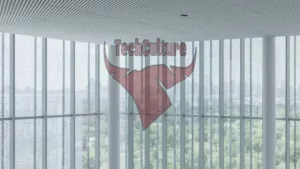Smart Home Technology: The Latest Innovations and Challenges
The concept of smart homes has been gaining traction in recent years, promising enhanced convenience, energy efficiency, and security for homeowners. However, as the technology continues to evolve, users face both exciting innovations and complex challenges.
Major tech giants are leading the charge in smart home platforms. Apple’s HomeKit, Amazon’s Alexa, Samsung’s SmartThings, and Google Home have all seen significant updates, improving compatibility and user experience. Meanwhile, open-source platforms like Home Assistant are gaining popularity among tech-savvy users seeking greater control and customization.
New technologies are reshaping the smart home landscape. The Matter protocol, backed by industry leaders, aims to solve interoperability issues. Thread, a low-power mesh networking technology, promises to enhance device connectivity. Amazon’s Sidewalk and Ultra-Wideband (UWB) technology are also making waves in the smart home arena.
Innovative products continue to enter the market. Advanced smart locks now offer facial recognition and remote access. Robot vacuums have become more intelligent, with improved mapping and obstacle avoidance. Smart speakers are evolving into central hubs for home control, while unique solutions like smart fridges, shades, and lighting systems are gaining traction.
As the industry grows, so do concerns about security and privacy. Manufacturers are responding with enhanced encryption and user controls. However, experts advise users to remain vigilant, regularly update their devices, and follow best practices for securing their smart homes.
Integration and automation remain key focus areas. Users are increasingly looking for seamless experiences across their smart home ecosystems. Industry leaders are working on improving device compatibility and offering more intuitive automation options.
Despite the progress, challenges persist. Users often grapple with setup complexities, connectivity issues, and the rapid pace of technological change. However, manufacturers are addressing these concerns with improved user interfaces, robust customer support, and regular software updates.
As the smart home landscape continues to evolve, staying informed and adaptable is crucial. With ongoing innovations and improvements, the promise of truly intelligent, efficient, and user-friendly smart homes seems closer than ever.




